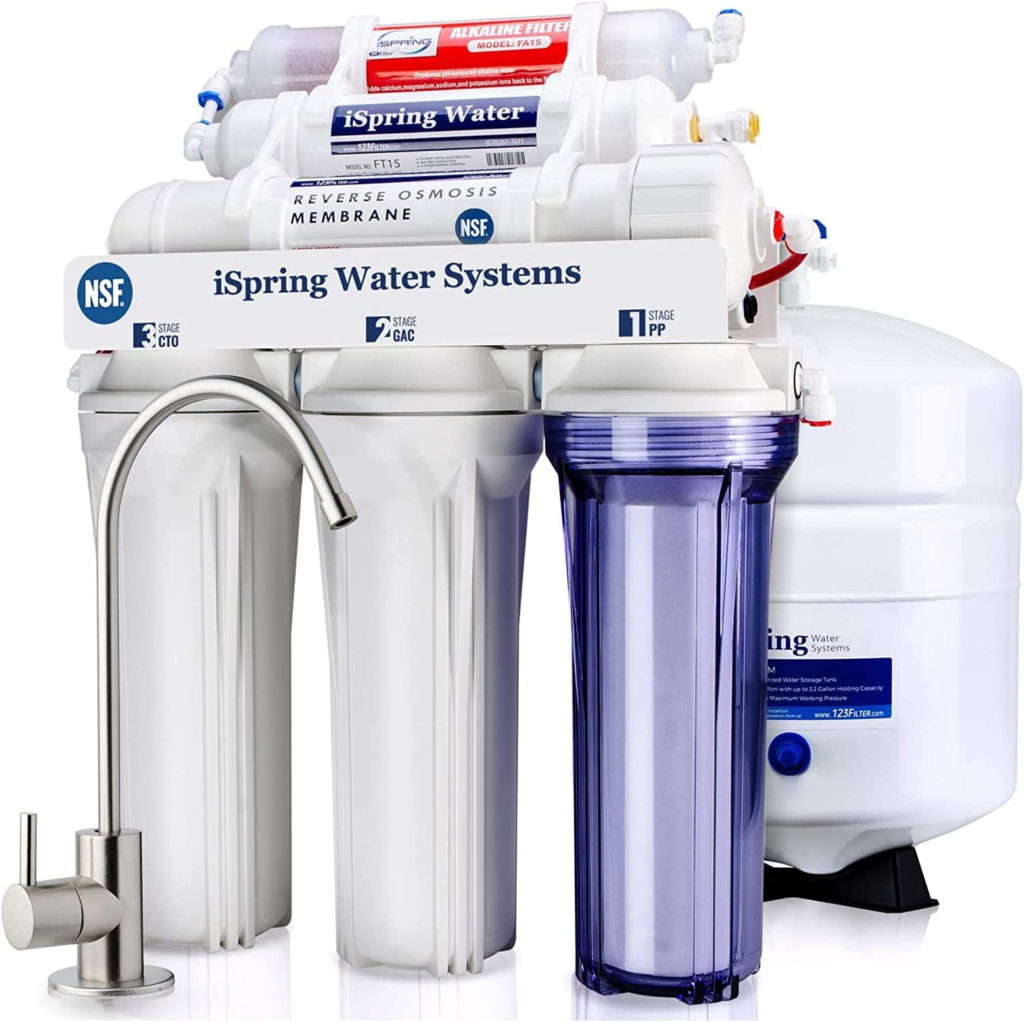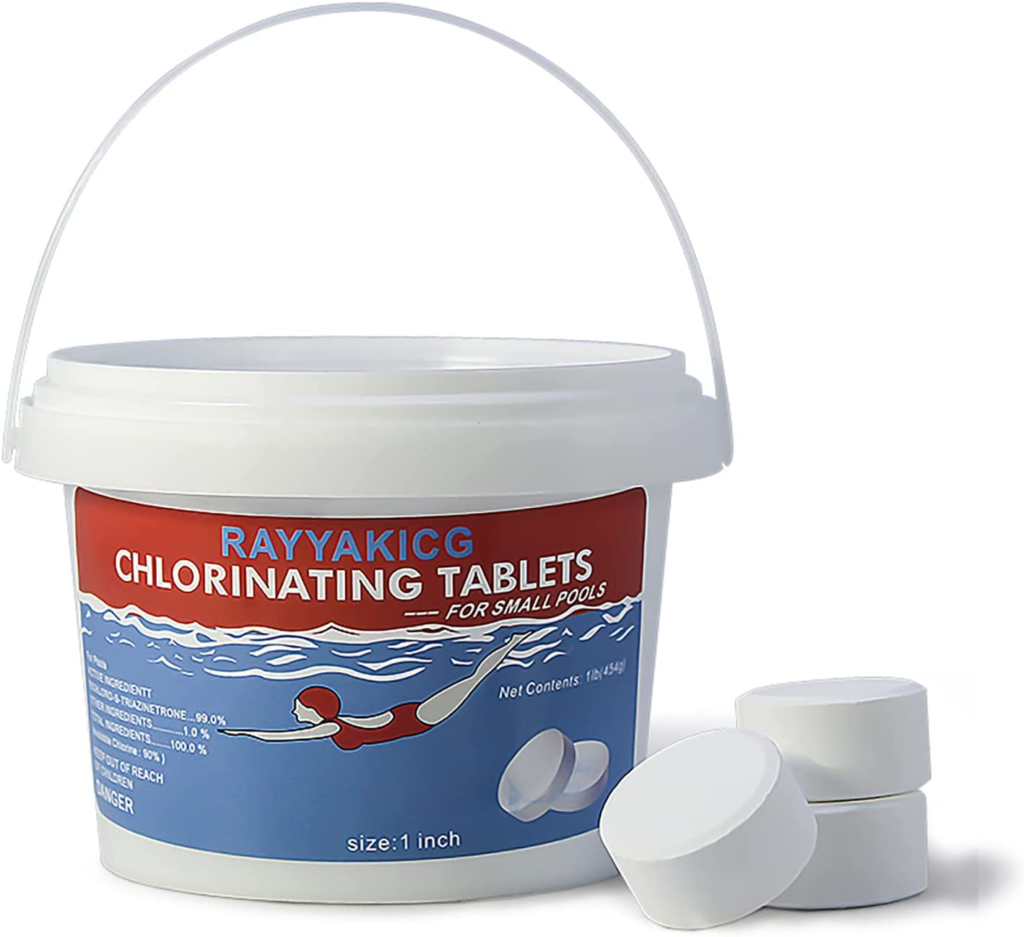Worried ’bout the yellow color of your tap water? Why is My Water Yellow?
Discover why the water may be yellow-tinted and how to mend it. You deserve safe, clean water to drink!
What Cause Water Yellow

If your water has a yellow tinge, it could be caused by many things. It may be harmless and easy to fix. But sometimes the issue is more serious. Knowing what causes the discoloration can help you decide what to do.
Factors that affect water color and clarity include minerals and organic matter, such as dead leaves or algae. The usual cause of yellow water is iron or manganese, which are in many groundwater sources. They can also be in rusting pipes or fixtures. Iron and manganese often make water taste and smell bad.
Other causes of yellow water include:
- Sediment from aging pipes
- Too much chlorine in the supply
- Hot-water heater set too high
- Organic matter from decaying vegetation
- Bacteria like Pseudomonas aeruginosa
- Excess sulfates from sewage treatment plants or runoff
You may need to get your water tested by a professional to know the cause. They can tell you if there are hazardous compounds and recommend what to do.
Contaminants Responsible for Turning Water Yellow

Many pollutants can make your water yellow. Iron, sulfur, manganese, and tannins from decaying organic matter are the most common. Lead from industries and runoff from fertilizers and pesticides can also discolor your water.
Iron is the most frequent pollutant that causes discoloration. It is found in nature and can cause a red or brown stain on fixtures and yellow stains on laundry. Even at 0.3 mg/l of iron, laundry can turn yellow due to sediment.
Sulfur can make your water smell like rotten eggs. It is another element found in nature. Bacteria convert hydrogen sulfide gas into sulfuric acid which leaves a red-brown or black sediment on pipes and fixtures. Sulfuric acid staining can also occur on plastic pipes and cords due to oxidation.
Manganese is abundant in many soils and areas, and can make faucets black. When hot water passes through metal pipes containing manganese deposits, black flakes appear.
This is because polypropylene parts used in steel fittings outside are broken down by sunlight, leading to rusting and the formation of a black pigment known as manganese oxide (MnO2). This mixes with rust particles and accumulates in pipes, causing a greenish hue. This is known as “black specs”.
Municipalities are responsible for delivering clean drinking water and ensuring public health. They are often legally obligated to provide transparency and post yearly reports. Health organizations promote healthy populations and offer free public credits.
Other Reasons Behind Yellow Water Supply
Organic material, like decaying leaves or algae, could cause yellow water. An old, deteriorating plumbing system can, too. High mineral content, sediment, and bacterial contamination could be the cause.
Organic materials create a brown or yellow tint. Corrosion of metals from pipes can lead to a yellowish color. Minerals such as manganese, iron, and copper deposit on pipes, filters, and heaters, creating an orange-brown hue.
Sediments from industrial plants or runoff can accumulate over time. Dirt particles can reduce flow rate, leading to a yellow tint. Bacterial contamination, like E-coli, can also cause unflattering colors. If you observe this in your home, seek prompt attention.
Get Your Tap Water Tested
Do you have yellow tap water? It could be from contaminants like iron, manganese, or even lead. Testing your water is the key. You can check with your local health department or an independent lab to find out.
Iron and manganese can cause a yellowish tint. This can stain sinks and clothes. Even low levels of lead can make water yellow.
If tests show high levels of lead or other metals, you must take action right away. Reverse osmosis filtration may help remove them from drinking water. Protect yourself and your family.
How to Prevent Water from Turning Yellow?
Water that’s yellow or brown in color can indicate high levels of iron or other metals in the water supply. This can also cause discoloration or staining on plumbing fixtures, cookware and fabrics. To prevent your water from turning yellow:
Install a Water Softener

This will act like a filter and help get rid of minerals like magnesium and calcium that cause yellow water.
Iron Filters

These dual-purpose filters will remove iron and reduce staining on pipes.
Reverse Osmosis System

It removes dissolved minerals from drinking water, restoring it to its colorless state and improving taste.
Chlorination

This can oxidize manganese and iron, removing mineral deposits that make water yellow or brown. Note: Don’t use chlorine if you have arsenic in your drinking supply as they combine together when chlorinated, making them harder to remove.
How To Fix Yellow Tap Water
Yellow tap water can be due to various reasons. It can be minor or major. Or, you may not be able to figure out the source at all.
Before you start fixing the problem, it is important to identify the cause. It could be deposits of minerals or other sources in your environment. This usually leads to a temporary yellow-brown tint. But, proper flushing techniques can clear it quickly.
Sometimes, the cause is severe, like incorrect chemical balance in treatment, lead release from old fixtures, or iron from rusting pipes. This requires professional help and takes longer to fix.
You should test for trihalomethanes (THM) with a home testing kit. This will help you know if pollutants are coming through the municipal water system or if it is due to contamination within your own system.
Other solutions include changing fixtures with corrosion-resistant materials like PVC or CPVC and replacing old galvanized pipes to reduce iron content in well water.
Why is My Water Yellow Brown
Has your home’s water gone yellow or brown? This could be due to discoloration in the pipes. Corroded pipes and sediment can cause it, as well as chlorine interacting with heavy metals like iron, manganese or copper. Or, drastic changes in water flows could be agitating sediments.
Check with your local utility company about safe drinking water regulations. They may need to investigate the discoloration and make repairs. Test results may say there are no health risks with colored tap water, yet it is still wise to call a plumber for maintenance before using it. Test the water anyway, for safety and to identify any potential health hazards.
Is Yellow Tap Water Safe to Drink
Yellow water coming from your faucet can alarm you, but it’s usually safe to drink. The cause is often rust in the pipes from high iron in the water supply. Homes with older plumbing fixtures are more at risk of this.
To be sure the water is safe, you should get it tested for contaminants and toxins. If you notice a change in your tap water and it’s an unusual color, contact your local health department or water supplier.
Is Yellow Water Safe To Bathe In
Yellow water coming from your faucets or pipes? It could be a sign of bacteria or sediment buildup. It’s usually safe to bathe in it, but it’s best to identify and resolve the issue first.
- Reasons for yellowish discoloration:
- Leak in copper piping (blue/green discoloration)
- Mineral deposits from hard water
- Algae growth
- Bacterial growth from stagnant conditions
- Suspended sediment from pipe corrosion
If your faucets suddenly start producing yellow water, inspect plumbing for leaks. Test your home’s water source with an at-home kit or contact a professional. If bacteria is present, avoid bathing with the water until corrective action is taken. This may include installing filtration systems and running more hot/cold taps.
Yellow Water From Tap
Sediment can also cause yellow tap water. It is made of tiny pieces of dirt and sand. It enters water when pumps, motors or other machines stir up the soil. High levels of sediment can make your water smell and taste bad, and also turn it yellow-brown.
It’s important to get your water tested by an expert. This will help you know if there are dangerous contaminants in the water. If so, you might need a filtration system or shock chlorination treatment to remove metals or sediment.
Why is My Cold Water Yellow and Hot Water Clear
Hot water helps with some chemical reactions in the pipe that break apart particles and cause less bacteria growth. Cold water, though, can cause more sedimentation and particles sticking together on the pipe surfaces.
If you see yellow water in both hot and cold, contact a plumber. They should be able to inspect the lines with specialized equipment. Also inform your local Water Company, so they can investigate.
How to Fix Yellow Bath Water
Yellowish bathwater is often caused by too much iron. It comes from underground water and is usually safe for your family. Iron not only discolors the water, but can also leave yellow/orange stains in sinks, toilets, and tubs.
Here are some solutions:
- Get an Iron Water Filter: This will reduce iron in the water supply, giving you clearer baths. These filters come in different sizes and prices.
- Use Softer Water: Adding softener or softened well-water can help reduce yellowing over time. If you’re not sure, get help from a plumber or well-water expert.
- Descale Regularly: Use an acid-based descaler to clear away iron deposits on pipes and sink surfaces. Add vinegar to break down mineral deposits that may have caused staining.
By using these methods, you can reduce or eliminate the yellow discoloration caused by iron in bathwater!
Why is My Water Yellow From Well
Once you know what it is, you have several options to restore the water’s natural color. Invest in a whole-house filter, a reverse osmosis system, an aerator/softener combo, or shock chlorination. Also, check your well for air pockets, low pressure, or encrustation build-up, as these can cause problems.
In summary, to fix a discolored water supply, identify the source first. Natural minerals, rust, and algae can all cause a yellow or brown tint. Use a filter, reverse osmosis, an aerator/softener, or shock chlorination to restore the water’s natural color. Inspect the well for any issues.
Why is My Water Yellow Frequency Ask Question
How can I get rid of yellow water?
The best way to get rid of yellow water is to determine the cause and address the underlying issue. If the water is discolored due to rust or sediment, a water filtration system or water softener may be able to remove the contaminants. If the yellow water is due to a problem with the plumbing or water supply, a professional plumber should be consulted to fix the issue.
How can I prevent yellow water?
Regular maintenance of your plumbing and water supply can help prevent yellow water. This includes flushing the pipes regularly, having your water tested, and addressing any issues with your plumbing or water supply promptly. Additionally, installing a water filtration system or water softener can help remove contaminants and prevent discoloration.
Can yellow water damage my plumbing?
Yes, yellow water that contains rust or sediment can cause damage to your plumbing over time. The buildup of rust and sediment can clog pipes and reduce water flow, leading to costly repairs. It is important to address the issue as soon as possible to prevent further damage.
I am a multi-talented designer and contractor with over 10 years of experience in the field. I have a passion for creating beautiful, innovative spaces that reflect my clients’ needs and styles. My skills include architectural design, interior design, space planning, project management and construction supervision.






